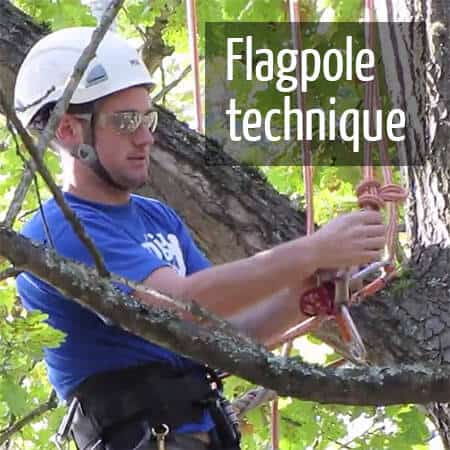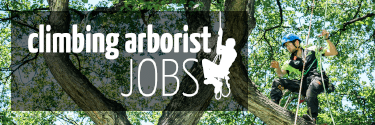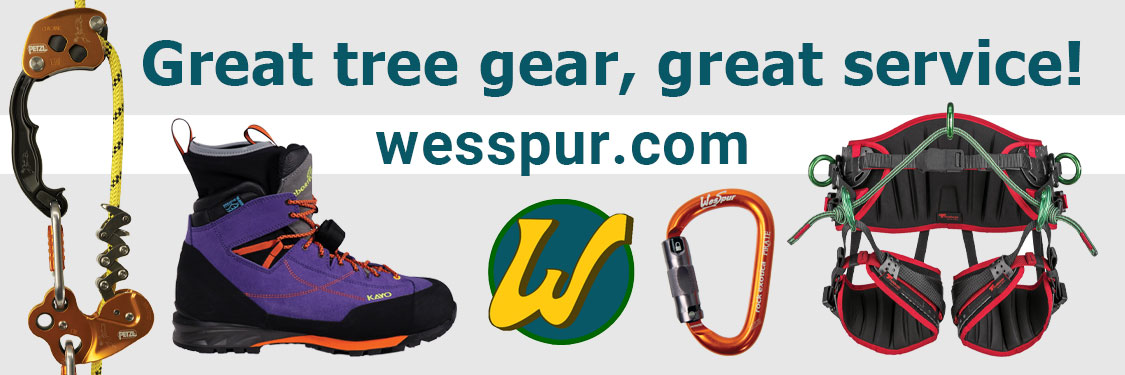Click the images to play videos of basic climbing techniques that Arborists require to safely access, move and work throughout the crown of a tree
Best Spar pole tie-in options - Industry best practice
Best Spar pole tie-in options - Industry best practice
In this video we demonstrate what are deemed industry best practices for a climbing arborist to be secured to a spar pole when blocking/chogging down the trunk with no option for an overhead tie-in point. In this video we demonstrate options for a moving rope system (MRS) main line tie off, and a stationary rope system (SRS) main line tie-in, both methods must also be accompanied by a second point of attachment which is most commonly a lanyard or flip line, but can also be a second full length climbing rope system. The 'American National Standards' for Arboricultural operations (ANZI Z133) Section 8.1.27 states; Arborists working from a stem or spar without a suitable natural crotch shall selective-in points or a tie-in method that positively prevents the climbing line from sliding down or up or off the stem during climbing operations. Placing a climbing line around a stem in an area without a lateral limb is not acceptable unless the climbing line is cinched or chocked around the stem or runs through a double wrapped or adjustable false crotch, which is secured/cinched around the stem. The tie-in point selected shall be able to withstand the forces being applied during the pruning/removal operation. . If you like this video and want to see more like this, don't forget to subscribe to the channel and click the notification bell for all notifications when we release new content. . Filmed and edited by Intreemedia.com
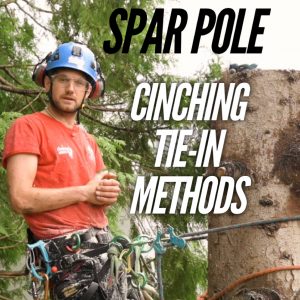
Lower D's Vs Side D's
There are a few arborist harnesses on the market that now come with lower D rings as well as the traditional side D rings. In this video Dan talks about why he almost exclusively uses the lower D rings on his TreeMotion harness rather than using the side D's. Have you tried both the lower and side D's? In which situation do decide to use lower and side? Video filmed and edited by InTree Media: bit.ly/InTreeWebsite

Branchwalking
Uses:
Uses:
To walk out on the limb of a tree so the branch can be pruned or removed in sections.
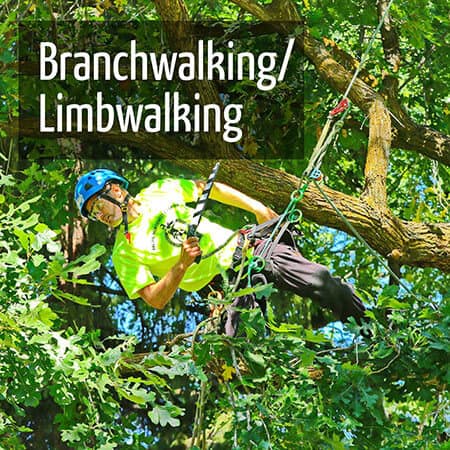
Step cut tutorial
In this high quality video we describe in detail why and when you would want or need to make a step cut. We discuss the subtle changes you can make to your cut as the diameter of wood gets larger and we give you some clear and concise examples. All of this information is aimed as a guide to help you not waste time and energy making multiple cuts if you can get it right the first time.
Video filmed and edited by InTree Media
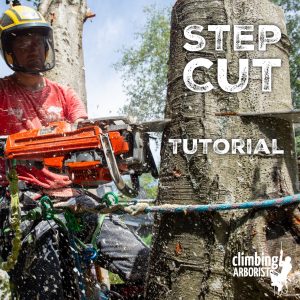
A different way to wear your spur straps
Dan explains why he wears the straps of his spurs in an unconventional way. The question very often gets asked "Why do you wear your spurs like that?" So we thought we'd share it with the arb community and for some of you, you may find you prefer it this way. As always thank you for watching.
Sign up for ChipDrop with this link and see how much it can help you get rid of your woodchip while saving time and money https://getchipdrop.com/?ref=climbing
Video filmed and edited by InTree Media
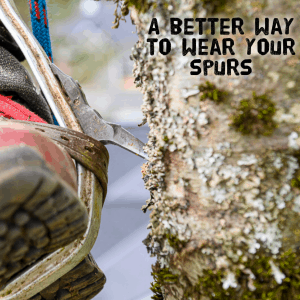
Using climbing spurs/spikes
Uses:
To ascend a tree by creating a false platform by digging the spurs into the bark of the tree and leaning back on a lanyard to hold you in place.
Additional info:
This technique should only be used when removing a tree as the spurs can damage the cells of the tree (the exception being using them on palm trees in countries such as australia where it can be the only method to ascend the tree).
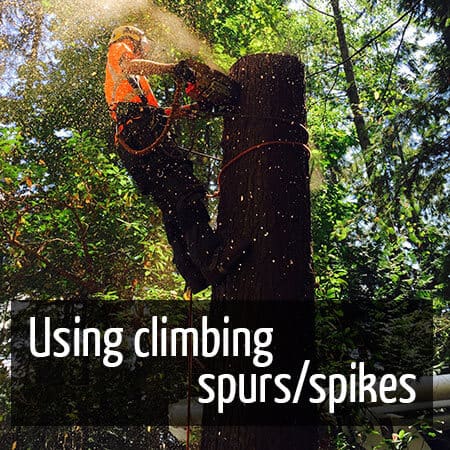
Simple method of ascending a tree
Note:The climber must always be tied into the tree with at least one point of attachment.
Uses:
To allow an Arborist to safely climb a tree in order to select a good high tie in point to work from, using a climbing rope and a safety lanyard.
Additional information:
This technique is very simple but in a lot of cases the quickest and most effective way of ascending a tree to the point where the arboist selects their final tie in point. When the climber has their lanyard securley fastened they can then take the climbing rope and use a throwing bundle to advance up the tree in situations where the above branch cannot be reached.
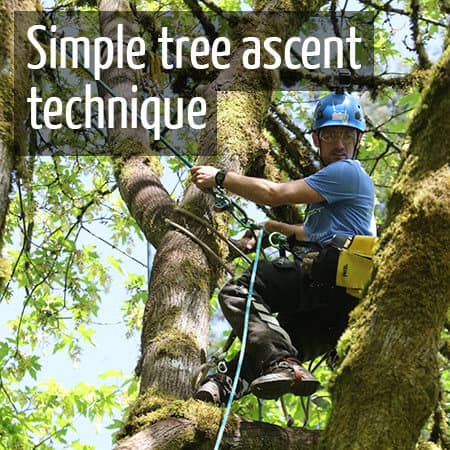
Hitch climber setup
Uses:
The use of a triple attachment pulley (hitch climber) keeps the ropes inline and neater than if a regular single point attachment micro pulley is used.
The use of a pulley underneath the friction hitch gives the climber the advantage of tending slack by taking the rope coming through the bottom of the pulley and pulling it upwards, in turn the pulley the pushes the friction hitch upwards. This can be done with a single hand. This setup also makes coming back in from a limb walk a smoother and easier transition.
The hitch climber also has the third hole available which can be used for a second positioning system to keep things tidy.
Additional information:
This system can be setup to the climbers preference, with many different friction hitches working well. Testing different ropes, hitches and cords is the key to getting a smooth system. This video demonstrates the system on double rope technique but can be taken and setup in the same way with a rope wrench and used for single rope technique.
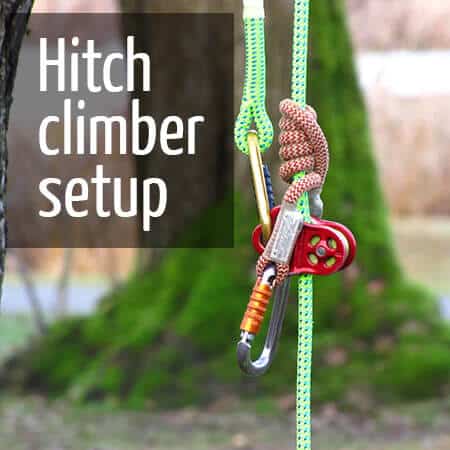
The benefits of using a short climbing rope & why good arborists use them
The benefits of using a short climbing rope & why good arborists use them
In this video we give thoughts and the benefits of using a short climbing rope. Stationary rope systems offer the ability to use a short climbing rope and gain multiple benefits from not have an excessive amount of rope tail of the ground while climbing around the tree.
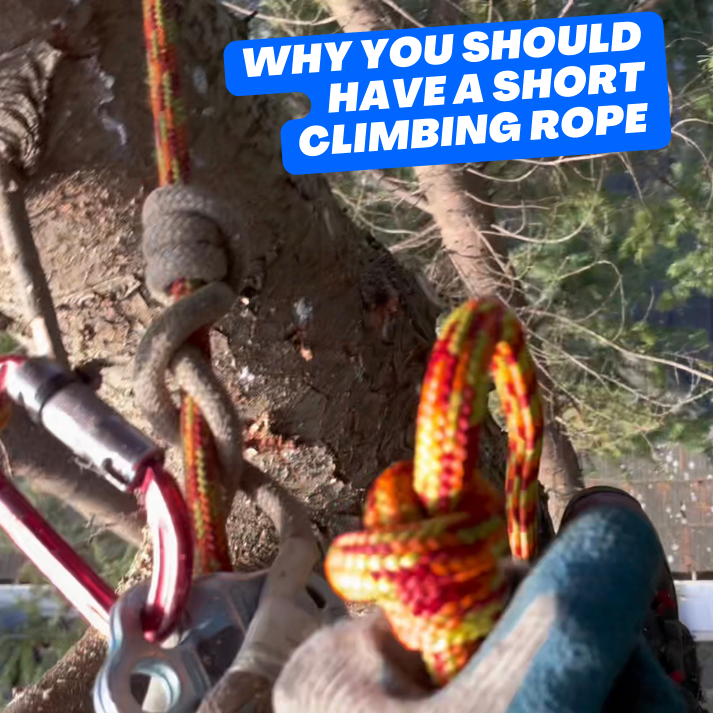
Be equipped to tighten a loose chain in the tree
Dan shares a tip that he was given by his good friend and great arborist Ryan Murphy. This little trick has been so helpful, useful and time saving on many occasions.
.
Video sponsored by ChipDrop, a great place to find a drop site for your next load of wood chip https://getchipdrop.com/?ref=climbing .
.
Video filmed and edited by InTree Media https://www.intreemedia.com .
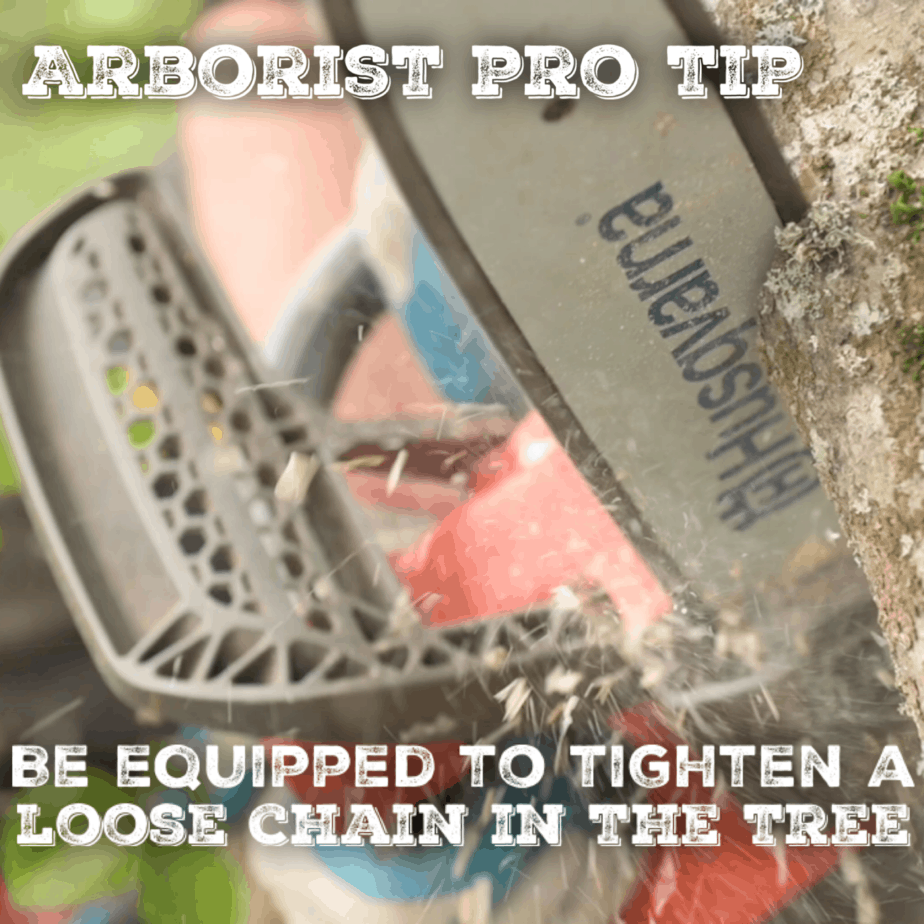
Rope throwing bundle
Uses:
This technique is used to install your rope over a low limb so that you can start a basic ascent with a rope and lanyard.
Additional info:
A carabiner can be clipped to the end of the rope to add additional weight to aid with getting the end of the rope to the ground, but this should not be done if the branch being aimed for has a tight union in which the carabiner may get stuck.
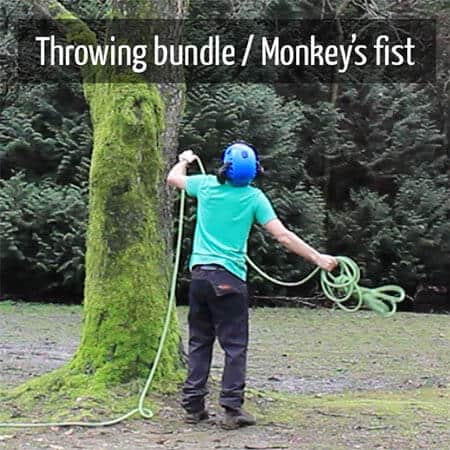
Using a throw ball
Uses:
This technique is used to insert a thin line over a high branch in a tree. A climbing rope can then be tied to the throw line and be pulled into over the limb and back down to the ground so the climber can ascend the tree.
Additional info:
If a high point is isolated in the tree that can be used for the final tie in point a cambium/friction saver can be interred with the throw line.
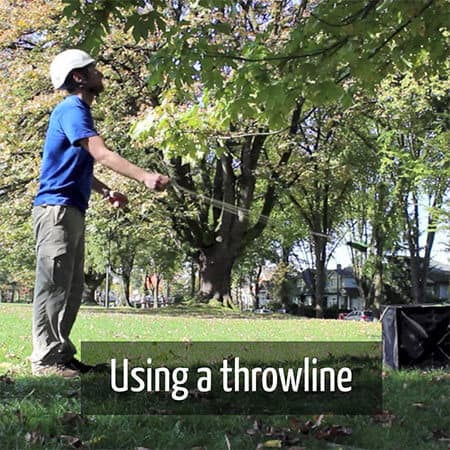
Body thrust technique
Uses:
To ascend a climbing rope using a friction hitch in a double rope system.
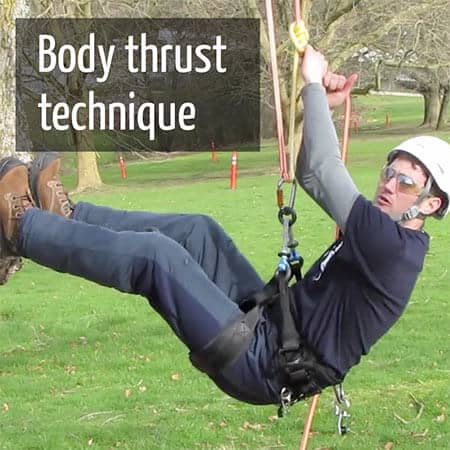
Repositioning of the climbing system
Uses:
A time and energy saving technique to prevent the climber from having to ascend and then descend for better positioning.
Additional information:
Using this technique requires forward planning of the climb. The tail of the climbing system must then be set through a fork that eventually the system would be going through.
